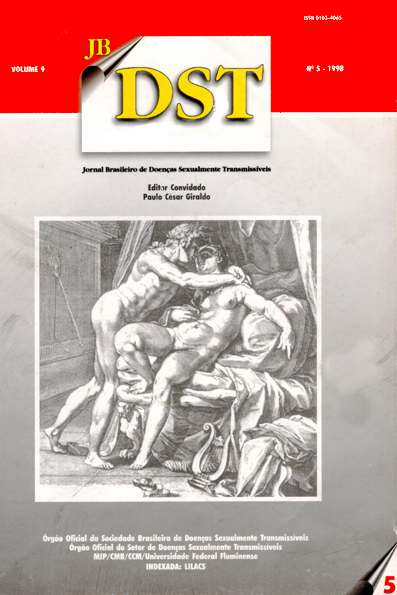O papel de heat shock proteins no entendimento das infecções ginecológicas
Keywords:
Hellt shock proteins, gynecological infection, molecular biologyAbstract
The importance of molecular biology has been focused on, by the author.s, to be abl.e to understand tbe pathophysiogenic process of infectious diseases. Heat s hock proteins, known to be important mechanisms of cell defense, when these are submitted to stress, a re described in detail. They are classified anel given their principal function. The effects of these proteins, in the human orgruusm, wcre takcn into account s howing how hypothetically the increase of their products could help the individual in special circumstances, aid the combatof some Infections and sometimes potencialize cell recovery. Unfavorable situations were also highlighted anel in some cases, thcrc can be crossed immunological reactions, leading to the appearance of chronic diseascs.












